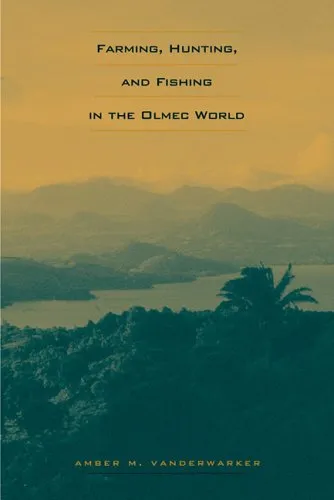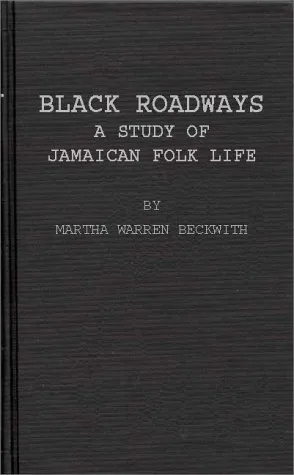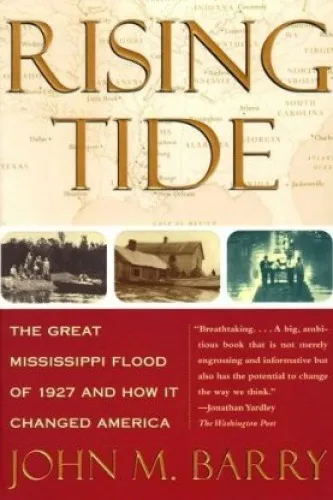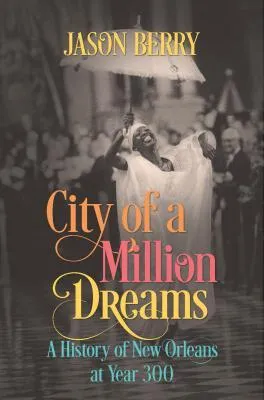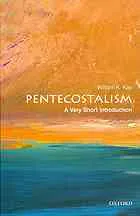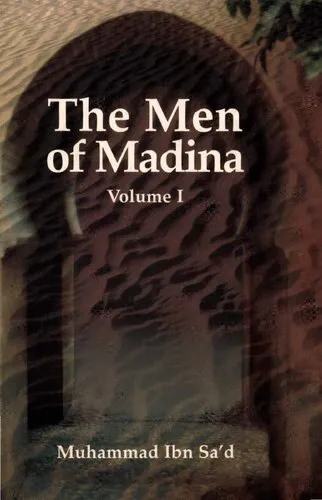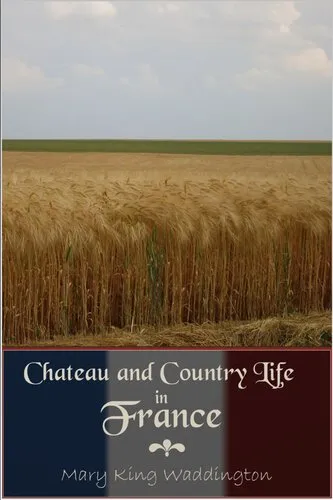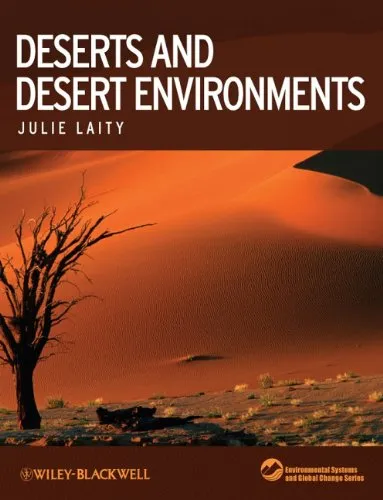Farming, Hunting, and Fishing in the Olmec World
4.5
Reviews from our users

You Can Ask your questions from this book's AI after Login
Each download or ask from book AI costs 2 points. To earn more free points, please visit the Points Guide Page and complete some valuable actions.Related Refrences:
Introduction to "Farming, Hunting, and Fishing in the Olmec World"
The Olmec civilization, often considered the "mother culture" of Mesoamerica, laid the foundation for the complex societies that followed in the region. In "Farming, Hunting, and Fishing in the Olmec World," Amber M. VanDerwarker provides an anthropological exploration of the subsistence strategies that enabled the Olmec people to thrive in their environment. This book delves into the intricacies of agricultural practices, hunting and fishing techniques, and the social and environmental factors that influenced these activities.
Detailed Summary of the Book
In "Farming, Hunting, and Fishing in the Olmec World," the author meticulously examines the subsistence strategies of the Olmec civilization, which flourished in the Gulf Coast region of present-day Mexico from around 1200 to 400 BCE. VanDerwarker draws from a wide range of archaeological evidence, including plant remains, animal bones, and isotopic analyses, to reconstruct a comprehensive picture of how the Olmec people procured their food.
The book is divided into key sections that explore the variety of crops cultivated by the Olmec, including maize, beans, and squash, which formed the cornerstone of their diet. The text also examines the tools and techniques used in farming and how environmental factors such as rainfall and soil quality influenced agricultural productivity.
Moreover, VanDerwarker sheds light on the hunting and fishing practices of the Olmec, highlighting the diversity of fauna that contributed to their diet, from deer and peccaries to fish and turtles. The analysis reveals a society that not only adapted to but thrived within its ecological niche, employing a mix of planting, hunting, and fishing to support its population.
Key Takeaways
- The Olmec civilization was highly adaptable, utilizing a variety of subsistence strategies to thrive in their environment.
- Agriculture played a central role in Olmec society, with maize being a staple crop that supported population growth and societal development.
- Despite the prominence of farming, hunting and fishing were crucial to the Olmec diet, providing necessary proteins and other nutrients.
- Environmental and social factors, including seasonal changes and trade, significantly influenced Olmec food procurement strategies.
Famous Quotes from the Book
"The Olmec diet is a testament to their ingenuity and adaptability, showcasing a symbiotic relationship between people and their environment."
"In understanding the subsistence strategies of the Olmec, we gain insight into the broader dynamics of Mesoamerican prehistoric societies."
Why This Book Matters
Farming, Hunting, and Fishing in the Olmec World is a crucial contribution to the study of ancient Mesoamerican civilizations. By focusing on the subsistence strategies of the Olmec, Amber M. VanDerwarker provides valuable insights into the everyday lives of these people and the ecological and social systems that shaped their existence.
This book not only highlights the sophistication and resilience of the Olmec civilization but also underscores the importance of understanding ancient subsistence patterns to appreciate how past societies adapted to and transformed their environments. As modern scholars and practitioners look to the past for guidance in sustainable living, the lessons gleaned from the Olmec's interaction with their world are more pertinent than ever.
Free Direct Download
You Can Download this book after Login
Accessing books through legal platforms and public libraries not only supports the rights of authors and publishers but also contributes to the sustainability of reading culture. Before downloading, please take a moment to consider these options.
Find this book on other platforms:
WorldCat helps you find books in libraries worldwide.
See ratings, reviews, and discussions on Goodreads.
Find and buy rare or used books on AbeBooks.
1227
بازدید4.5
امتیاز0
نظر98%
رضایتReviews:
4.5
Based on 0 users review
Questions & Answers
Ask questions about this book or help others by answering
No questions yet. Be the first to ask!
